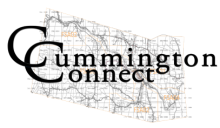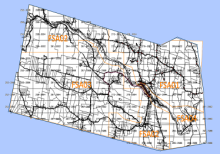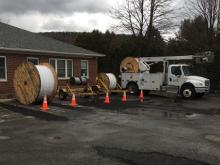
Fast, affordable Internet access for all.

Western Massachusetts stands as maybe the most dynamic place for municipal broadband at the present, with almost two dozen cities pursuing projects. And while the slate has many similarities between them, each has a unique starting point and has followed its own path along the way.
Cummington (pop. 800), which straddles the banks of the Westfield River thirty miles northwest of Springfield and twenty miles east of the New York border, has just completed its municipal Fiber-to-the-Home (FTTH) network. It has been almost a decade in the making, and despite seeing its share of obstacles along the way, residents can now look forward to years of fast, affordable Internet access.
Stuck on DSL
Ten years ago, Cummington had no high-speed Internet access options. Verizon offered the only DSL service in town, and its network in the area remained a relic of upgrades focused not on residents there but in the population centers to the east. Only half the town was covered, relegated to download speeds in the single digits and upload speeds at a fraction of that. The rest of the town’s residents were stuck with satellite service, which was even slower and more unreliable with changing weather.
The story of broadband for western Massachusetts is a winding road. At the end of the first decade of the twentieth century, the state of Massachusetts received initially funding for its MassBroadband 123 backbone network (currently, it’s operated by KCST USA, formerly Axia Networks), which would bring middle-mile infrastructure to schools and libraries in 120 towns and communities in the area (including a spur in Cummington [pdf]) by 2014. Residents, however, remained unconnected.
In 2010, Municipal Light Plant Chairman Allan Douglas shared, the town got together to explore options. In the spring and summer of 2011 it voted to join WiredWest, the consortium of towns which have banded together to pursue better broadband. An engineering study completed by the Massachusetts Broadband Institute determined last-mile connections in Cummington would cost of roughly $2.2 million.
Between 2011 and 2016, however, the town remained stuck in a bit of a holding pattern. An administration change and subsequent new framework allowed some municipalities to pursue a private-provider path. Cummington, for its part, held to the public route. In the meantime, education and outreach work continued, and local officials moderated town meetings that involved private ISPs as well as WiredWest representatives to discuss the best path forward.
A Grant Gets Things Going
Things started to gain steam in 2017. In May, the town got an $840,000 grant from the state to pursue broadband, with the stipulation that any resulting network had to pass 96% of residential premises. Charlemont, Colrain, Heath, New Salem, Otis, and Rowe also received funds. But it meant Cummington needed to come up with the remaining $1.4 million to cover the project, which it did via a loan backed by property taxes around 2019. The town formed a Municipal Light Plant, appointed a Broadband Committee, and formalized a one-on-one relationship with Westfield Gas and Electric to handle all the subcontracting for mapping, make-ready work, and construction. Westfield would also service as network operator and handle all the billing and collecting once complete.
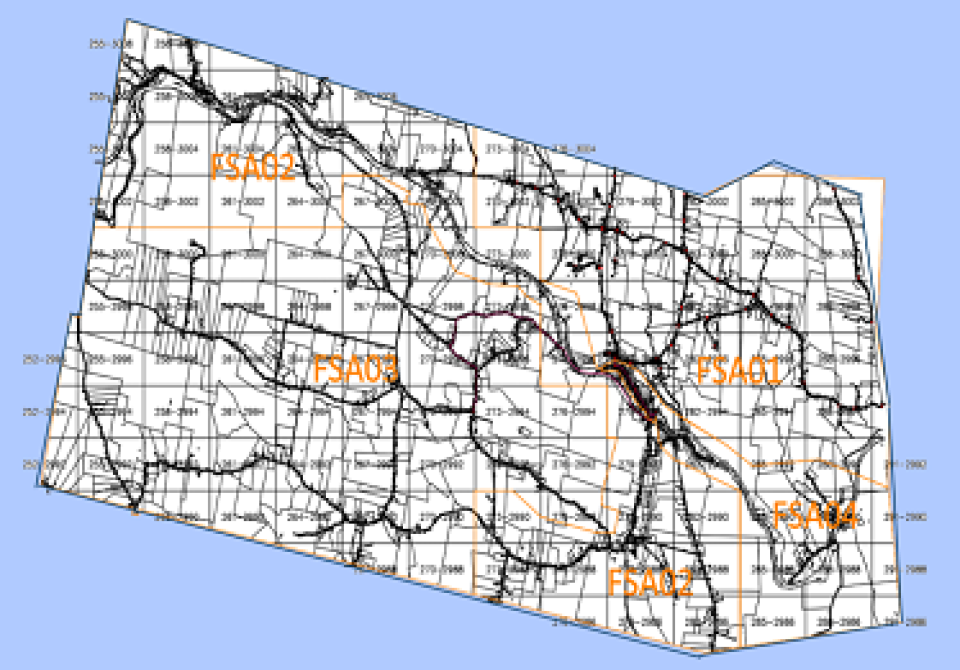
Along the way, the town also ultimately decided to cover the initial cost of the drops to all the houses and fold it into the rates later, dividing it equally among subscriber houses irrespective of driveway length. This meant they needed an extra $400,000 above the original estimate, and after town approval the project continued.
The first strands of Cummington Connect were hung in March 2020 by local subcontractor TriWire, and soft-launched at the end of that month after 9 miles had been hung. By the end of November, 337 connections were completed, and in early January, just ten short months since it began, the entirety of the 51-mile network is nearing completion, with a few cold drops remaining. The project has come in on budget, Douglas said, and they look forward to hooking up the final users in the coming days and weeks.
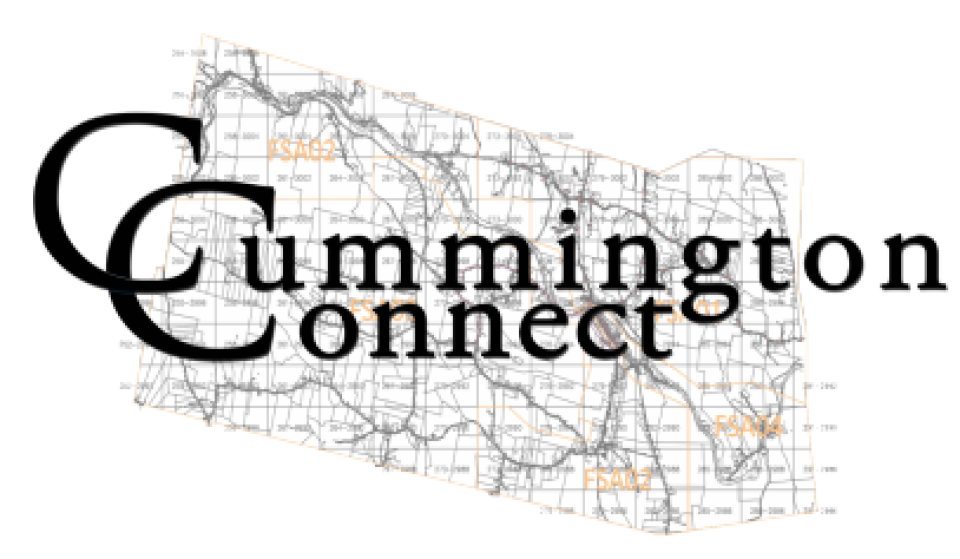
The network’s success so far can also be attributed to the transparent move made to standardize installation costs for residents and fold it into a single rate for symmetrical gigabit service. Residential subscribers to the network pay $85/month, which covers the service they get but also the installation. Users can add Ooma VoIP service for an additional $15/month. Business users get gigabit service for $100/month. Douglas also credits the work done by Westfield in working with them through the entire process.
The network is also proactively engaging users to increase local resiliency from both ends. Recently, it added a 500-gallon natural gas generator to the network hub to weather any storms which impact the electrical grid, and it’s telling users to do the same and purchase Uninterruptible Power Supplies (UPS) for both their modems and home-mounted Optical Network Terminals (ONT).
Community Benefits
The installation of the network has been transformative for a community which previously relied on DSL and satellite service. Five colleges are nearby, and Cummington is home to a number of professors who work there who have been able to conduct research and do international interviews because of the fiber. Another resident moved to Cummington from New York City to stay, subscribing to the network's 10-gigabit service to work from home. And good news came again at the end of December, when the governor’s office announced that Westfield Gas and Electric had won more than $10 million in grants to support the roughly 20 municipal broadband projects it’s helping with, Cummington included.
Check out the network's launch video below.
Header image of Cummington fairgrounds from Wikimedia Commons by user John Phelan, licensed under the Creative Commons Attribution 3.0
